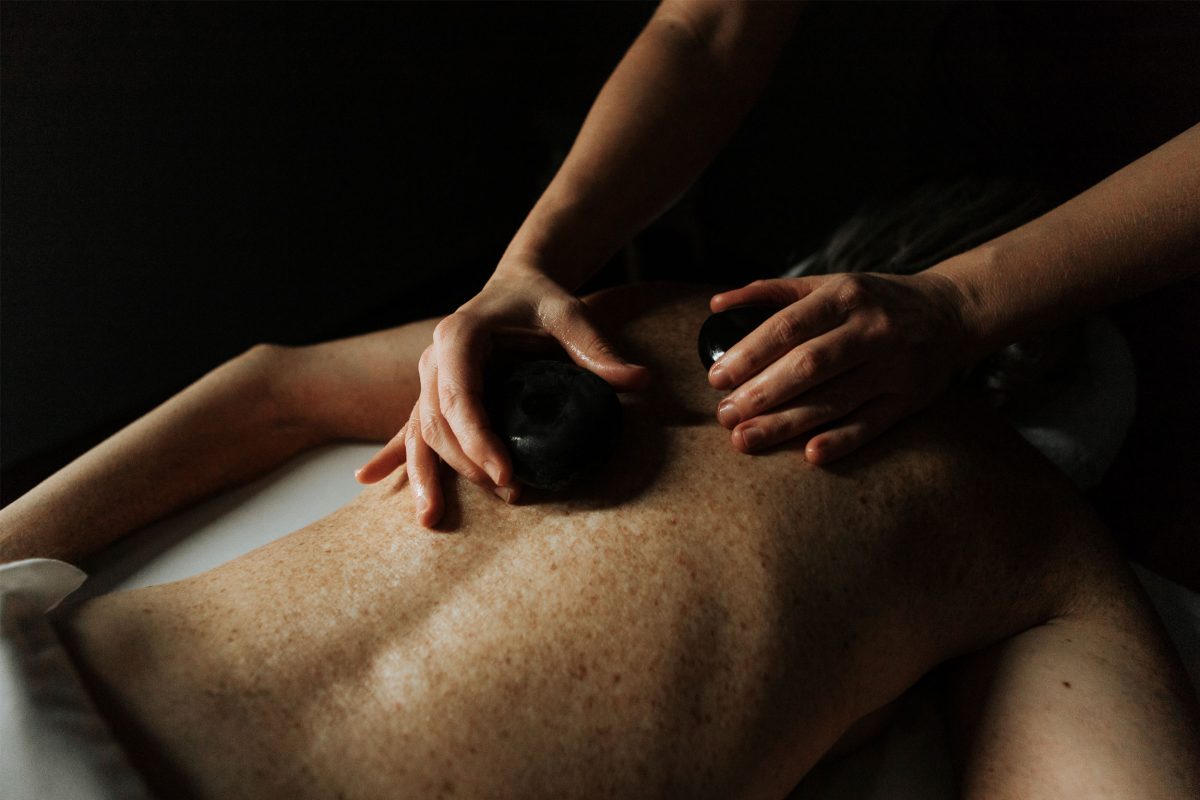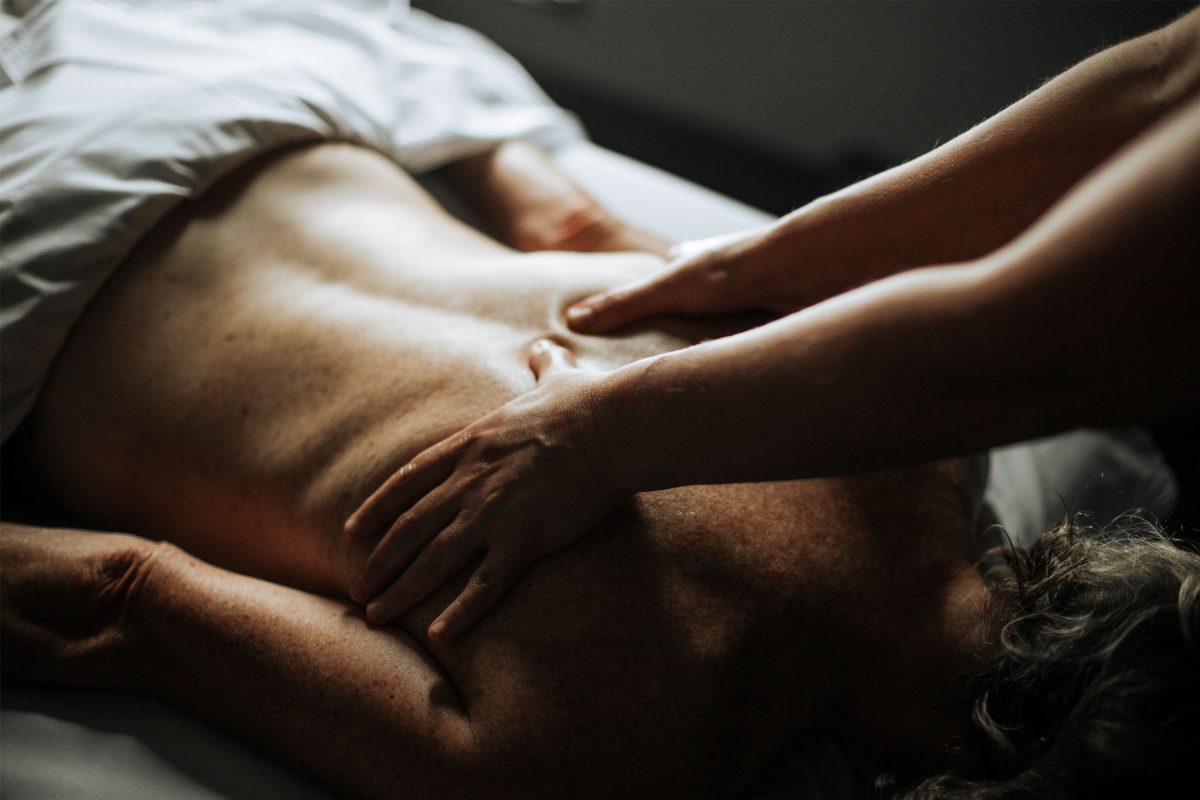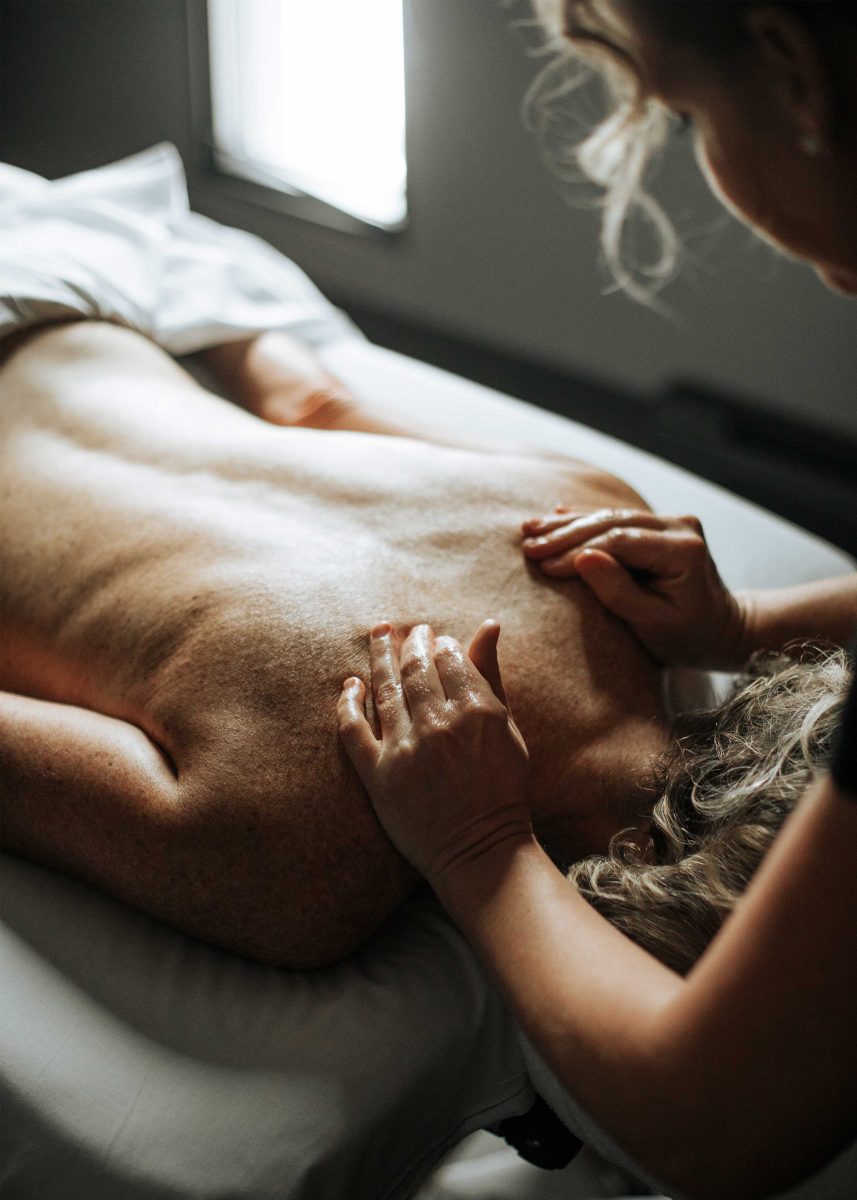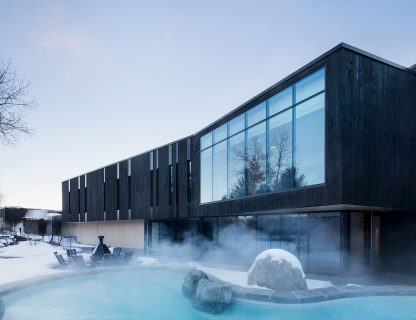Have you ever felt a sense of calm, comfort or shivers while listening to the rain gently falling down, someone whispering in your ear, or the sound of the waves? If the answer is yes, you may be one of those people sensitive to the Autonomous Sensory Meridian Response.
In 2010, this indescribable feeling was officially named “ASMR” by Jennifer Allen following the rise in popularity on YouTube of videos provoking this feeling and the need to demystify the phenomenon. The latter can be characterized as a set of reactions induced in the body through techniques, most often sounds.
Those who are sensitive to it describe a tingling sensation going from the back of the neck through the rest of the body. The goal: activate the central nervous system to induce the release of tension and regain an overall well-being. The benefits would help fight insomnia, stress or anxiety.

© Bianca Des Jardins
A softer parallel universe
ASMR does not trigger the same stimuli from person to person. While some are completely oblivious to it, others describe a strange and indescribable feeling of well-being. Some feel shivers in the lower back, others in the arms or legs.
“It’s incredibly relaxing, but like any other feeling, words don’t do it justice,” says American journalist Jason Abbruzzese.
Discovering ASMR can be surprising, disorienting, or even confusing! With their mouths glued to the mic, ASMR artists typically whisper and stroke objects to induce specific sounds as part of YouTube videos. To intensify the experience, they use binaural microphones that send a similar sound to each ear, enhancing the feeling of closeness.
Some audiovisual examples
ASMR artists try to establish a sense of intimacy with their audience, by speaking directly to each person for instance.
Some expand the possibilities by developing an immersive experience.
Through concepts or role-playing, they try to give the impression that the viewer is personally taken care of. Some videos draw the listener’s attention to manipulating miniature objects.
Different ideas, but one thing in common: hearing stimulation. For ASMR enthusiasts, sound is at the heart of the sensation.
open with spotify

© Bianca Des Jardins
Scientific contributions
Since 2013, Dr. Craig Richard, a specialist in cell biology, has been studying ASMR in order to demystify its social and biological aspects. The expert mentions that its triggers like whispering, slow movements and personal attention activate the same biological pathways that are triggered by personal and intimate contact in real time. Hormones like endorphin, dopamine, oxytocin and serotonin are said to be released, contributing to the feeling of well-being and comfort.
Through a research project via his blog University ASMR, he explains that about 20% of the population could be sensitive to it. In a book co-authored with ASMR artist Benjamin Nicholls, ASMR: The Sleep Revolution, he highlights the power of this practice in overcoming chronic sleep deprivation or stress. The automatic sensory meridian response acts as a natural sleep aid and allows for deep relaxation without the need for medication.
In order to identify its triggers and define the motivations and feelings of its viewers, Emma L. Barratt and Nick J. Davis, from the Department of Psychology at Swansea University in the UK, surveyed 475 members of the ASMR community. The results suggest that 98% of respondents perceive ASMR as a means of relaxation. Eighty percent would watch the videos to fall asleep and 70% believe that this practice helps them in their daily stress management. ASMR is also believed to help improve mood, up to three hours after listening. Several members claim to be followers of ASMR to reduce symptoms of depression. Fifty percent of respondents would need to be in a calm environment in order to reach the sensory meridian response.
A 2018 study conducted by the University of Sheffield in turn attempted to demystify ASMR with two groups of participants: one identifying as receptive to the practice and the other having never experienced it. Following viewing of ASMR videos, the researchers observed a reduction in heart rate and an increase in sweating in the receptive group. This model demonstrates that the ASMR experience is both calming (reduced heart rate) and arousing (sweating). This makes it a practice distinct from simple relaxation, since it induces the same kind of excitement that one can feel when listening, for example, to music that makes us happy. In the non-receptive group, no variation was noted.
Neurologist Pierre Lemarquis, a specialist in the effect of music on the brain, also explored the auditory notion of ASMR. He also concludes that this practice, like music, would provide a feeling of well-being and reduce stress by promoting the secretion of endorphins and the decrease in the production of cortisol.

© Bianca Des Jardins

© Bianca Des Jardins
Massage therapy as an ASMR channel
ASMR is inevitably allied to the world of wellness and massage therapy is no exception. The Académie de massage scientifique du Québec (“Academy of Scientific Massage of Québec”) recognizes in particular the importance of stimulation of hearing in the appreciation of a treatment. In addition to being based on the execution of techniques, the success of a massage therapy treatment would be achieved by predisposing the client to relaxation: by focusing on the atmosphere of the place, by engaging the five senses and by considering the power of hearing. Simple arrangements like tone of voice, sound of breath and choice of music would make sense in appreciating a treatment. In sum, the key elements of ASMR fit easily into the modern holistic world, maximizing the sense of intimacy and maximizing the smoothness of the experience.

© Bianca Des Jardins







